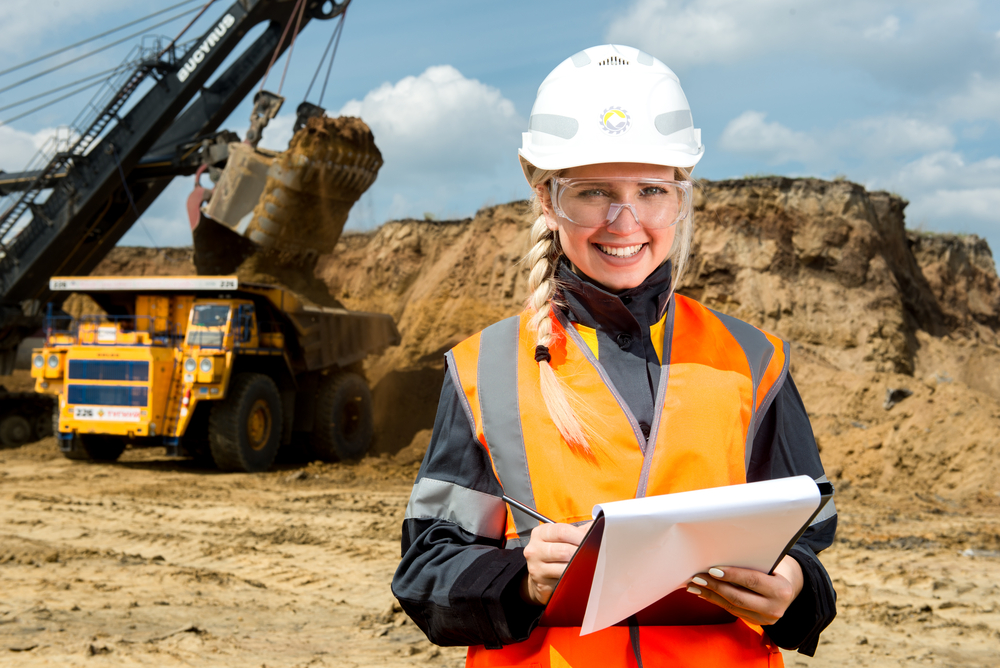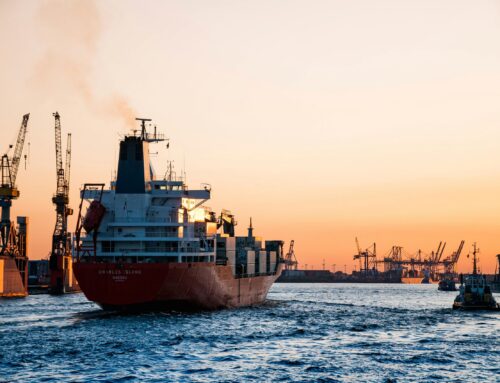According to the Mine Safety and Health Administration, 2023 may be the first year since 2010 that mining deaths exceed 50 fatalities. Now more than ever, miners must band together to create a culture of workplace safety. They must acknowledge the threats inherent to their profession and then identify the practices most conducive to protecting themselves and one another.
Here are some common mining hazards that both new and seasoned workers should consider.
1. Subterranean explosions and fires. With the risks of on-site explosives, heavy machinery, and methane gas build-up due to poor ventilation, volatile environmental conditions can happen rapidly.
2. Geological concerns. Due to weather conditions, natural erosion, and further blasting, landslides, cave-ins, and rockfalls pose a consistent risk.
3. Mental and physical toll. Working erratic shifts in a confined space, coupled with the job’s physical demands, may lead to fatigue and accidents.
With several serious considerations in play, here are some strategies for avoiding serious mishaps:
1. Check and maintain equipment daily to keep it running optimally and avoid harming co-workers or the mine. Since you’ll be working underground, ensure that personal lighting devices are functional and can survive harsh conditions.
2. Report dangerous conditions—such as gas build-up, loose earth or rocks, or defective equipment—immediately. Stay in communication with others on your team to know immediately (and maintain awareness) if they report a hazardous condition.
3. Obtain professional training and regular refresher courses. It’s easy to overlook the commonplace when you’ve been doing the same thing for years. Reviewing what you already know keeps essential protocols at the forefront of your mind.
4. Understand safety regulations. While mines employ advanced monitoring and early warning systems, you must also cooperate with the systems in place.
5. Practice self-care. Have regular check-ups and take all appointed breaks to ensure you’re physically up to the rigors of your job. Avail yourself of employer-provided counseling access and strive for a work-life balance.
6. Always wear personal protective equipment (PPE). Depending on working conditions, you may need to wear insulated coveralls, a long-sleeved shirt, safety glasses, a helmet, and gloves. Steel-toed footwear with good traction, ear plugs to mitigate heavy equipment noise, and fire-resistant protective equipment are also crucial. Due to constant dust hazards, miners also should wear self-contained breathing apparatuses (SCBAs) to prevent the lung disease called miner’s lung.
7. Know how to handle underground intersections. Typically, the person on the right goes first. However, in some mines, the vehicle with the full load may have the right of way.
8. Properly employ blast mats. Position these woven metal mats to absorb the force of new blasts. Also, position them to hold earth and rocks in place within existing tunnels. The mats will conform to the surface where you apply them.
9. Ask co-workers for help with heavy lifting to spare wear and tear on your back and neck and to prevent strain injuries.
Although leadership must forge the path toward safer working environments, each worker plays a role in overall mining safety. You can be part of the solution! Just realize the risks in advance and take personal responsibility for creating a safer workplace.
Gillman Services remains committed to helping companies and workers find an excellent match. Contact Gillman Services today and start a new partnership.






